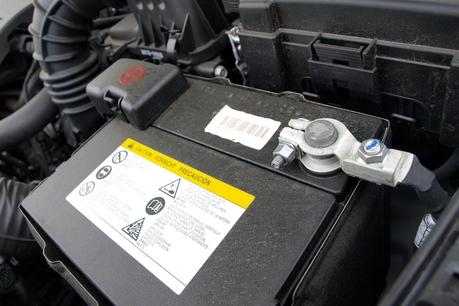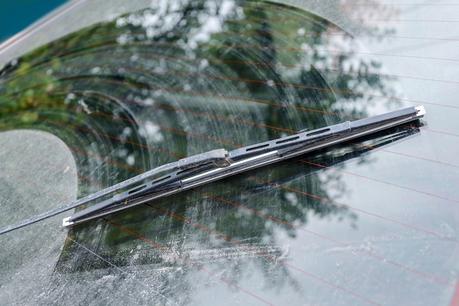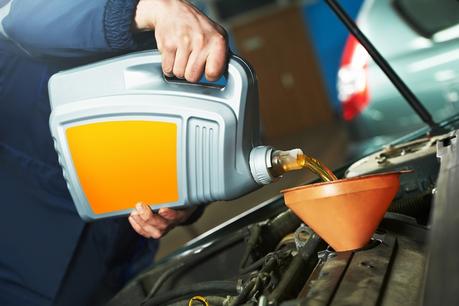Changes in temperature and treacherous weather conditions can make driving in the winter extremely hazardous. By taking the time to inspect your vehicle and provide some essential maintenance, you can help to increase the safety of your car. How well your vehicle is maintained can make a significant difference in how well it performs in slippery conditions or during periods of low visibility.
Here are the eight winter car tips and tricks to get yourself road-ready this season:
Tip #1: Examine the wear on your tires
Tires worn down will lack the tread required to grip the road, especially if there is snow or ice present. One of the best ways to ensure that your tires are safe for winter is to use a Canadian quarter.
Simply place the coin into one tire tread with the caribou facing downwards. If you can see the animal's nose, your tires are worn down and should be replaced.
Tip #2: Check the tire pressure
As temperatures fluctuate, so does the air pressure in your tires. During the hotter months, the heat causes the air in your tires to expand. However, the air contracts in cold temperatures and leaves your tires under-inflated.
This means that they won't grip the road properly and could cause you to slip, slide, and ultimately lose control of your vehicle. Ensure that you check your tire pressure every month and keep it between 30 to 35 PSI.
Tip #3: Check your taillights
Properly working automotive lighting is essential for safe winter driving. With the sun setting earlier, it means you will do a lot more of your driving in dark conditions, and snow will decrease visibility on the roads.
If your taillights aren't working correctly, you won't be visible to the drivers behind you. This could quickly lead to accidents. Inspect your rear lights regularly. Ensure that your brake lights, taillights, and signal lights are all functioning correctly and no bulbs are burnt out.
Tip #4: Fill your wiper fluid
Windshield wiper fluid is crucial to keep your front and back window clear during the winter. Snow, ice, and slushy spray from other vehicles can significantly impair your visibility while driving. Use a cold-weather wiper fluid, top it up regularly, and always keep a spare jug in your car to use in an emergency in case you run out.
Tip #5: Test the car battery

Your car battery goes through a beating in the winter. The cold temperatures can put it to the test, and if your battery is old or isn't working correctly, you could end up stranded. To avoid this, test your battery using a voltmeter before winter begins. If the meter reads 12.3 volts or lower, you should invest in a new battery to replace the old one.
Tip #6: Check your windshield wiper blades

Snow and slush give your wipers a workout during the winter months. If your wiper blades are old, cracked, or have chips in them, they won't do a good job keeping your windows clean and providing you with clear visibility while driving.
If ice or snow blocks your vision, it can put you in a highly unsafe situation. To prevent this, replace your wipers every fall to ensure they are in good shape to handle the harsh weather to come.
Tip #7: Change the car oil

Your car engine will need to work much harder during the frosty months of winter. Ensuring that you have clean oil at the proper levels will allow your vehicle to perform at its best.
Before winter starts, have your oil changed and check your oil levels every few weeks or before any long car trips. You should have your oil changed every three months or after 3,000 to 5,000 km.
Tip #8: Check your winter emergency kit
You need to make sure that you are ready for any emergency in the winter. Packing an emergency kit and storing it in the trunk or back seat of your car will keep you prepared and may even help save your life.
This kit should contain a blanket, warm clothing, a small shovel, booster cables, a flashlight, non-perishable snacks, bottled water, a cell phone power pack, and a first aid kit. All of these items will come in handy if you get stranded in the snow.
Taking the time to inspect your vehicle before winter arrives fully will give you the time to fix any issues before they become major problems. Winter can be a hazardous time to hit the roads, but you can ensure that your car is ready for the cold and for any weather that winter decides to throw at it with a bit of preparation.

